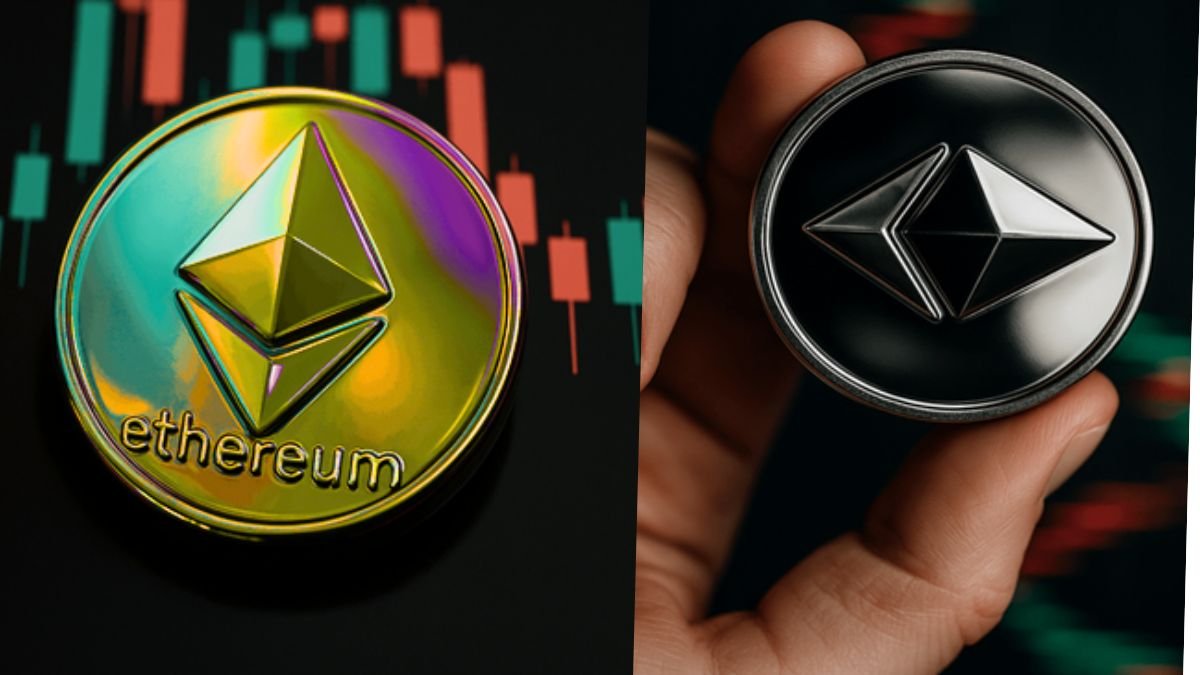
Ethereum’s network activity has surged to some of its highest levels on record, yet transaction fees remain remarkably low. From July 29 to August 7, the blockchain routinely handled between 1.7 million and 1.9 million transactions daily. Eight of those ten days topped 1.7 million transfers, including new highs of 1,878,031 on August 5 and 1,833,756 on August 6. A weekend slowdown on August 3 saw activity dip to 1,515,955 transfers.
These figures place early August in Ethereum’s upper historical tier, rivaling rare peaks seen since the network’s 2015 launch. Notable past highs include the May 8–11, 2021 stretch (~1.71 million daily transfers), December 9, 2022 (1,932,711), January 14, 2024 (1,961,144), and June 25, 2025 (1,751,819). With August 5, 2025 now in third place, only the 2022 and 2024 records stand higher.
Despite the heavy activity, onchain fees remain steady between 0.252 gwei and 0.261 gwei—around $0.02 per transfer. At the end of the first week of August, Ethereum block utilization was 49.53%, with an average block size of 171 and a pending queue of 134,668 transactions. Typical user actions remain inexpensive: decentralized exchange swaps average $0.38, NFT sales $0.65, bridging $0.12, and borrowing $0.33.
From August 1–8, average gas prices hovered mostly between $0 and $4. The sharpest spikes occurred on August 5 between 14:00 and 16:00 UTC, when fees briefly hit $6–$8 during the third-busiest day in network history. Smaller bumps appeared on August 6 during similar hours and on August 8 in both early-morning and mid-afternoon activity.
Ethereum’s ability to handle near-record transaction volumes with low fees highlights its growing efficiency and available capacity. With block usage still under 50%, the network maintains significant throughput headroom—positioning it to handle future surges without sharply increasing costs.





